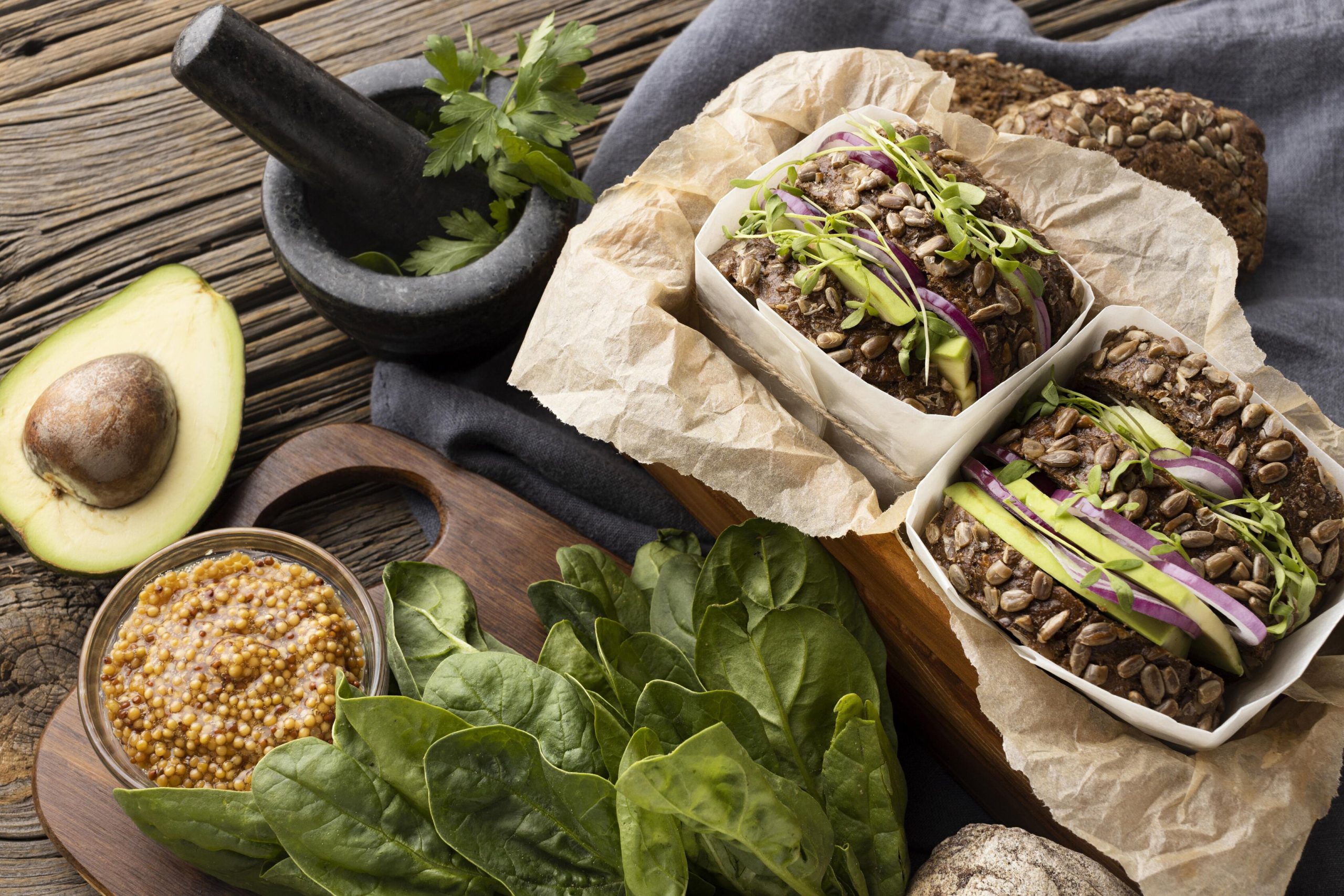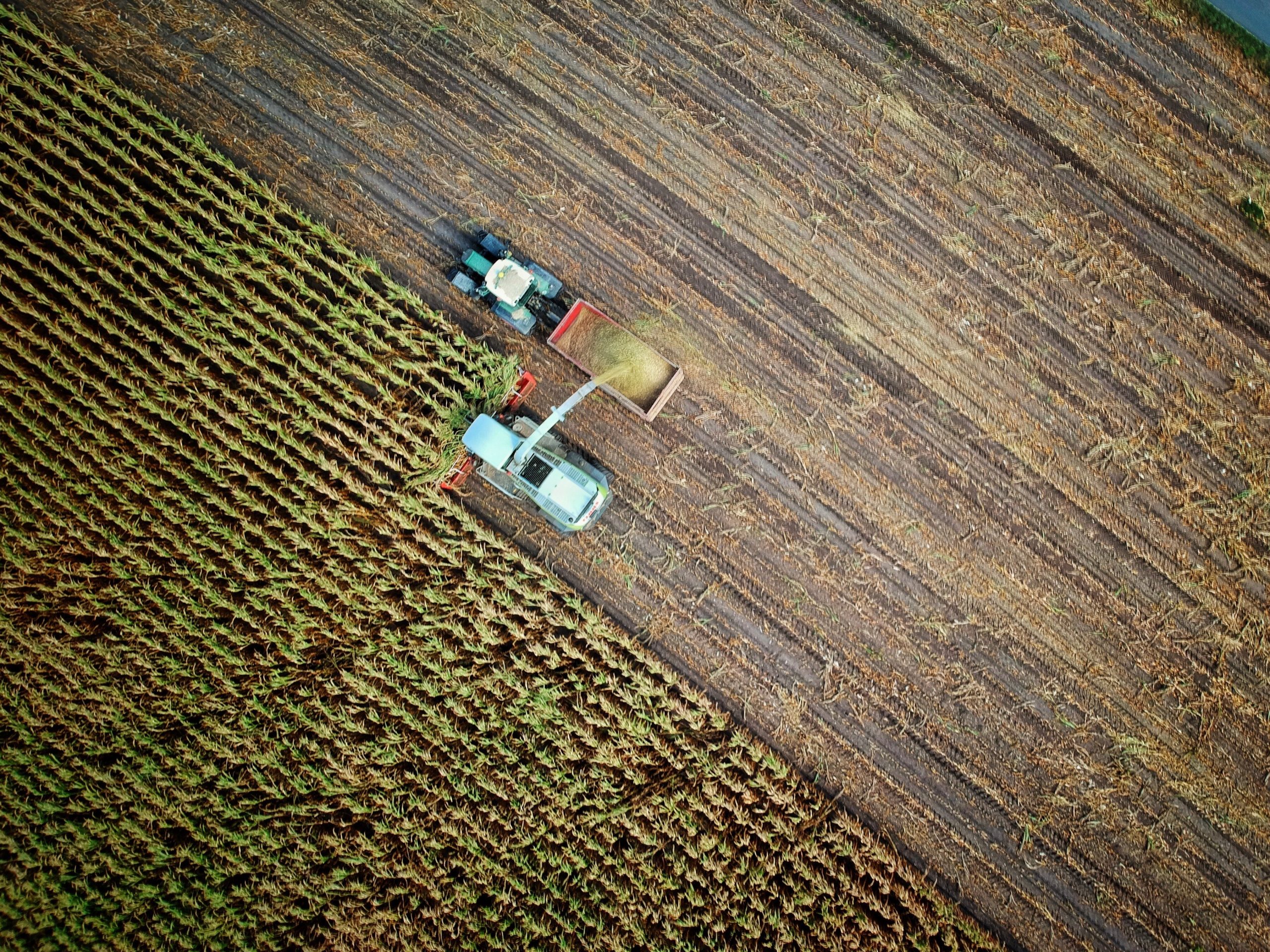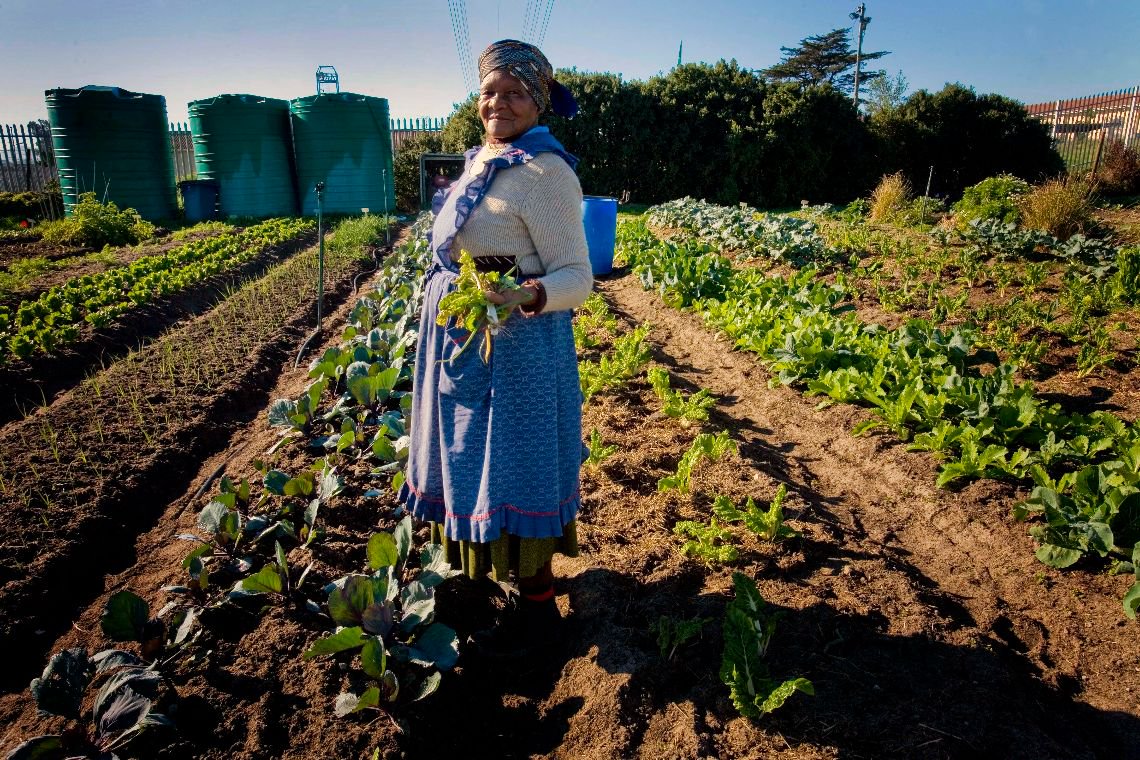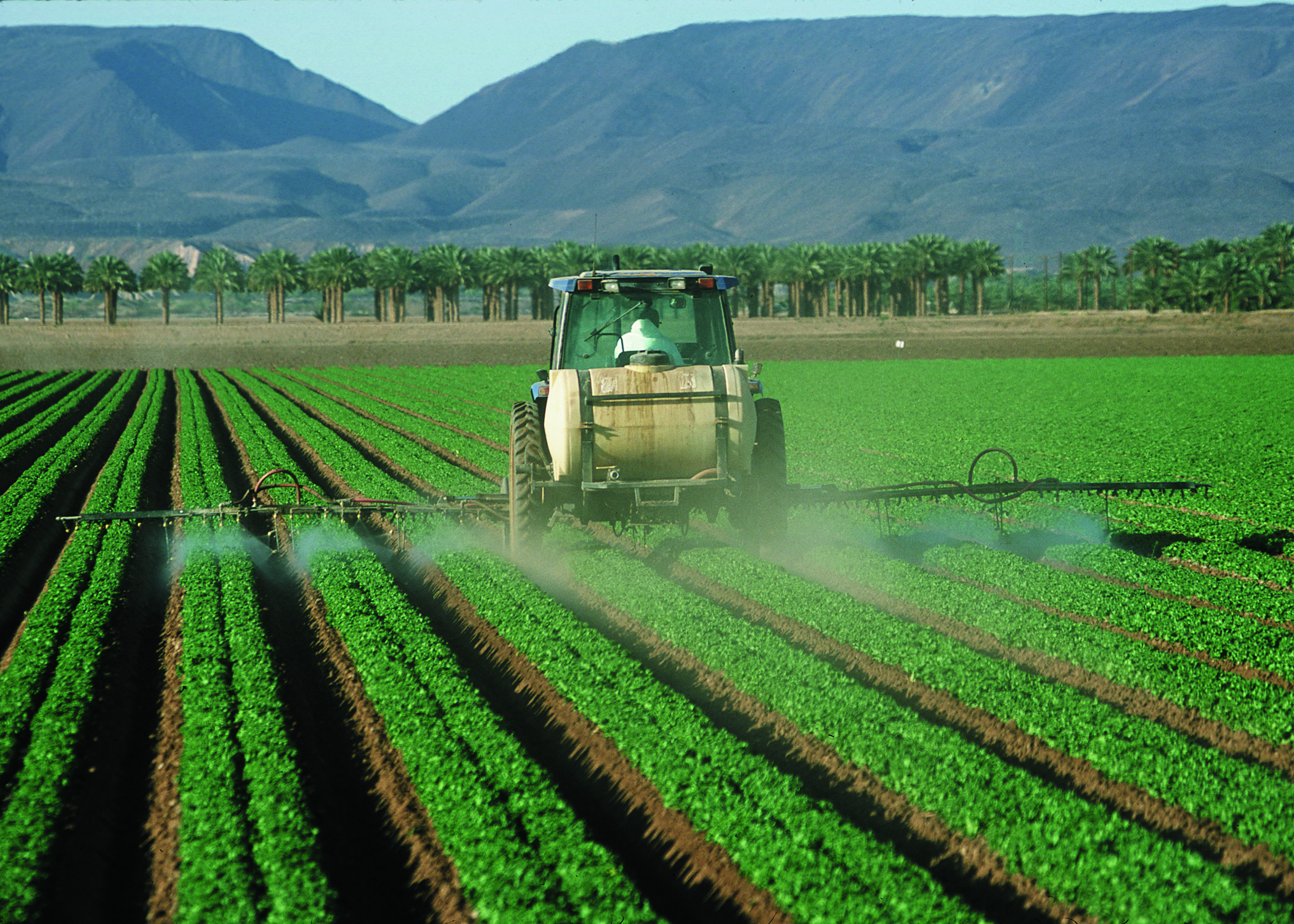Agriculture in Ethiopia
This article is the second in a series that seek to examine the role of agriculture as a developmental opportunity for Africa. It focusses on Ethiopia and provides a broad overview of some of the key developments in agriculture. It features and analyzes the country’s agricultural progress from 1960s to date, and some future prospects. The paper aims to provide various stakeholders with a deeper understanding of Ethiopia’s dynamics of agriculture, both from a public and private sector perspective.
Background
Ethiopia is one of the Africa’s fastest growing economies. The country’s growth originates from manufacturing, construction and agriculture-related industries. Although periodic drought and massive soil degradation have previously plagued the country’s agriculture, the sector remains the backbone of the country’s economy. Agriculture still accounts for up to 80% of total labor force, 84% of exports and 46.3% of gross domestic product (GDP). Additionally, other numerous economic activities rely on agriculture, including processing, marketing and export of agricultural commodities.[1]
Introduction
Ethiopia has huge agricultural potential owing to the country’s diverse climate, largely adequate rainfall, its vast fertile lands and a large pool of affordable labor. Unsparingly, the Exports are almost entirely agricultural commodities, with coffee being the largest foreign exchange earner. The country is also Africa’s third largest producer of maize.[2] Agriculture remains one of Ethiopia’s most important and promising sector. However, the production has remained subsistence with the bulk of commodity exports coming from the smallholder agricultural farmers. The major crops include coffee, cereals, pulses, oilseeds, potatoes, sugarcane, and vegetables. These crops come from farmers holding an average of 1.2 hectares of land, 55 percent of whom holding less than one (1) hectare.[3]
Despite the enormous potential, Ethiopia’s agricultural sector remains underdeveloped. The sector is synonymous with low productivity, low level of technology as well as weak infrastructure. The above problems are exuberated by the ever increasing population which means more encroachment into the potentially agricultural land. The scenario has seen the agricultural underperform over time. A case in point is between 1981 and 1990 when agricultural production consistently dropped while the population grew. The result of which plunged the country into a tragic famine that claimed nearly 1 million people between 1984 and 1986.[4]
There are factors that contributed to the underdevelopment of the country’s agriculture during the imperial period, some of which persist to date. Firstly, the neglect of the sector by the government. While significant progress is being made to revamp the sector, agriculture was heavily underfunded in the previous regimes with less than two (2) percent of the national budget dedicated to agriculture. While the current funds allocation is commendable—with the sector currently receiving about 15 percent of the national budget—spending is still insufficient to meet the sector’s needs.[5] Secondly, the tenancy and land reform remained a thorny issue in the country for a long time. The previous regimes failed to implement significant land reform thereby tolerating a perpetuated system in which the church and aristocrats owned large tracts of the farmland. A Large number of farmers were tenants providing as high as 50% of their crops as rent. Thirdly, agricultural productivity remained low in most parts of the country, making the sector largely subsistence. Lastly, there was the lack of technological development in the previous regime, a trend that is slowly changing.[6]
Key agricultural sectors
There are a number of crops that have remained consistently important in country’s agricultural sector. These include both the staple food and cash crops.
Grains—consisting of cereals and pulses—are the most important crops and the main component of the diet of most Ethiopians. The most common grains include: are teff, maize, sesame, wheat, barley, sorghum and millet. All of these crops are mainly rain fed, and smallholders produce up to 94 percent of the food crops, while the state and private large commercial farms produce the remaining 6 percent of food crops.[7]
Sesame: Sesame is Ethiopia’s 2nd largest cash export crop behind coffee. Sesame accounts for over 90 percent of the total oilseeds’ export earnings and 19 percent of total export earnings, earning more than US$ 200 million annually. The rising global demand for Sesame has seen this previously domestic consumption commodity into an important export crop. In less than a decade, Ethiopia moved from being a minor producer to one of the world’s top five producers of sesame. Ethiopia supplied more than 10 percent of the global raw sesame seeds, making the country one of the world’s leading exporters of the sesame seed.[8]
Investment opportunities: Up to 95 percent of Sesame seeds are mainly exported raw, due to limited domestic processing capacity in Ethiopia. If all the 320,000 tons of Sesame seeds exported in 2012 were hulled, additional US$ 64.6 million in export revenue would have been generated.[9] The situation presents a significant opportunity for investment in Sesame hulling and other value addition facilities. Currently, consuming markets such as the US and Mexico mainly demand hulled sesame, which leaves the country’s exporters unable to meet the requirements.
Teff: Touted as the world’s super-food especially in North America and Europe—is indigenous to Ethiopia, mainly used to furnish the flour for enjera, a sourdough bread, the principal form in which grain is consumed. The crop accounts for the largest share of Ethiopia’s cereal area under cultivation. Teff is mainly grown as a cash by most farmers, with Ethiopia and Eritrea being the only producers in the world.
Investment opportunities: It is estimated that the Teff retails at over 10 times in the US markets than it does in Ethiopia.[10] However, there are no large-scale Teff milling companies, most buyers in the central markets are retailers and small millers that eventually sell to consumers in Addis.[11] Putting up a modern commercial milling or processing company targeting Teff export market could potentially gain from his fast-growing sector.
Coffee: Ethiopia accounts for 7% of the World’s Arabica Coffee production, ranking among the World’s largest producers of Arabica Coffee—a species that represents approximately 70% of the world’s coffee production [11bis]. Up to 95 percent of the Ethiopia’s coffee come from smallholders, and mainly grown in three regions: Ghimbi, Harrar and Sidamo.[12] Primarily, coffee is an exportable commodity that earns Ethiopia valuable foreign exchange. Coffee exports were estimated at 235,000 ton in the 2014/2015 fiscal year, with a revenue of US$862 million.[13] Domestically, the coffee market is also vibrant although often affected by high price variations from season to season. Coffee price variations are in most cases caused by surplus production in the country as well as the demand and supply in the global coffee market.
Horticulture
Most regions of Ethiopia have a favorable climate, adequate land and water resources for the production of wide variety of vegetables, fruits and flowers. The country’s vegetable export products include green beans, lettuce, green chilies, potatoes, melons, white and red onions, beetroots, carrots and tomatoes among others. Exportable fruits are oranges, mangos, guavas, lemons and mandarin grapefruits among others. Cut flower exports are roses, statice, alliums, and carnations.
The export volume of horticultural products is growing. The flower industry, for instance, did not exist until 2005 but today, Ethiopia is the second largest supplier of roses globally.[14] In 2004/05, the value of Ethiopia’s horticulture exports was US$ 25.8 million. In 2013/2014, the value of Ethiopia’s horticulture exports reached US 245 million, 760 percent up from the US$ 28.5 million recorded in 2004/05 and created about 180,000 employment opportunities in the country. The flowers make up to 60 percent of the horticultural trade, and over 80 percent of the value of the flower trade comes from the trade with the Netherlands.[15] Fruits and vegetables account for the remaining 40 percent of the horticultural trade with over 30 percent destined for Somalia.[16]
Investment opportunities: Ethiopia has a diverse variety of flowering plants. Cut flower and vegetable production are fast growing export businesses, which is a great promise. However, only 25 percent of the areas identified for horticultural development is currently developed, meaning that there is still a US$ 750 million untapped export revenue through the development of the remaining horticultural land areas.[17]
Livestock: Ethiopia is Africa’s leading exporter of livestock, and one of the top ten leading global producers. In 2013, the country was home to over one hundred million livestock, consisting of 54 million cattle, 26.5 million sheep, 25 million goats and 0.925 million camels.[18] Currently, Ethiopia supplies the global market with mainly semi-processed products such as hides and skins. The animal husbandry methods are largely traditional, rendering the output per unit of livestock very low.
Investment opportunities: Traditional methods of animal husbandry that is currently common in the sector present an investment opportunity for the establishment of modern commercial livestock breeding, production and processing of livestock products such as meat, milk and eggs.
Government efforts
The Ethiopian Government has put up mechanisms to fast-track reforms in the agricultural sector. The efforts aim to reverse some of the sector’s negative impacts witnessed in the previous decades. For instance, the government has set up a Growth and Transformation Plan (GTP) with the aim of reaching certain goals between 2011 and 2015.[19] The plan targets achieve an 8.1 percent annual growth in the market during the time frame. The plan included programs aimed at augmenting smallholder farmers’ productivity, increasing the volume of irrigated land, upgrading participation of private sector, enhancing marketing systems, and reducing the amount of households with inadequate food.
Another key aspect of the transformation plan is to see the production of selected key crops doubled from to about 40 million tons during the period. The road networks are being improved, across the country with the aim of boosting faster market access for rural farmers. Besides, the private sector such as the commercial banks have also come on board to provide annual credit for the purchase of farm inputs to the smallholders. In a shift towards market-oriented agriculture, the government has introduced national business plans for specific export crops.
Also, the government has also moved to encourage international investors to set up in the country. The government has moved to encourage the selling of land for setting up flower firms, with policies to generate growth, such as five-year tax breaks and duty-free import of machinery.
[1] Netherlands Space Office, 2014. Quick Scan Ethiopia. Retrieved June 11, 2015 from http://bit.ly/1IXZXxa.
[2] USDA, 2015. Foreign Agricultural Service: Production, Supply and Distribution. Retrieved June 11, 2015 from http://1.usa.gov/1cjol7M.
[3] Zuberi. M. I., T. Gosaye and S. Hossain, 2014. Potential threat of alien invasive species: parthenium hysterophorus l. to subsistence Agriculture in Ethiopia. Sarhad J. Agric. 30(1): 117-125. Retrieved June 11, 2015 from http://bit.ly/1FiMxV0.
[4] USAID/Addis Abbaba, 1987. Final Disaster Report: The Ethiopian Drought/Famine for Fiscal Years 1985 and 1986. Retrieved June 12, 2015 from http://1.usa.gov/1cW917k.
[5] ACCORD, 2014. Putting Small-Scale Farming First: Improving the National Agriculture Investment Plans of Burkina Faso, Burundi, Ethiopia, Rwanda and Tanzania. Retrieved June 12, 2015 from http://bit.ly/1G88Ddm.
[6] Lombardi, Annie 2013. Ethiopia: Managing water and adapting farming practices to provide food security. Retrieved June 12, 2015 from http://bit.ly/1JQ4Loz.
[7] Atsbaha Gebre-Selassie, 2012. A Review of Ethiopian Agriculture: Roles, Policy and Small-scale Farming Systems. Retrieved June 12, 2015 from http://bit.ly/1Siis16.
[8] Author’s calculation based on FAOSTAT data, accessed on June 12, 2015 from http://bit.ly/QIPNHr.
[9] Author’s analysis based on FAOSTAT data, accessed on June 12, 2015 from http://bit.ly/1IyWFxm.
[10] The Guardian, (2015). Move over quinoa, Ethiopia’s teff poised to be next big super grain. Retrieved June 12, 2015 from http://bit.ly/1eURBn8.
[11] FAO, (2013). Analysis of Incentives and Disincentives for Teff in Ethiopia. Retrieved June 12, 2015 from http://bit.ly/1TgdnrB.
[11bis] Index Mundi from http://www.indexmundi.com/agriculture/?commodity=green-coffee&graph=arabica-production
[12] ECX, (2015). Commodity Briefs: Coffee. Retrieved June 11, 2015 from http://bit.ly/1IwzILn.
[13] Ethiopia GP, (2015). New: Ethiopian Coffee Exports to Hit Record in 2015. Retrieved June 11, 2015 from http://bit.ly/1GuZ7pa.
[14] Deloitte, (2014). Ethiopia: A growth miracle. Retrieved June 12, 2015 from http://bit.ly/1MvkrLE.
[15] Ethiopian Embassy in Brussels, (2015). The 6th international horticulture exposition Conference: 25th – 28th of March 2015 in Addis Ababa. Retrieved June 12, 2015 from http://bit.ly/1C2Fn7e.
[16] Author’s analysis based on ITC Trademap data, accessed on June 11, 2015 from http://bit.ly/1INdszS.
[17] Author’s analysis based on Ethiopian Horticulture Producers Exporters Association data, accessed on June 11, 2015 from http://bit.ly/1KK2VF1.
[18] Author’s analysis based on FAOSTAT data, accessed on June 11, 2015 from http://bit.ly/1MLO4ZG.
[19] MoFED, 2010. The Federal Democratic Republic of Ethiopia Growth and Transformation Plan (GTP) 2010/11-2014/15, accessed on June 11, 2015 from http://bit.ly/1J1dbJy.
You may also like
Warning: Undefined variable $content in /var/www/sdomains/nexatestwp.com/infomineo.nexatestwp.com/public_html/wp-content/themes/infomineo/single.php on line 235
Warning: Undefined variable $content in /var/www/sdomains/nexatestwp.com/infomineo.nexatestwp.com/public_html/wp-content/themes/infomineo/single.php on line 235
Warning: Undefined variable $content in /var/www/sdomains/nexatestwp.com/infomineo.nexatestwp.com/public_html/wp-content/themes/infomineo/single.php on line 235
Warning: Undefined variable $content in /var/www/sdomains/nexatestwp.com/infomineo.nexatestwp.com/public_html/wp-content/themes/infomineo/single.php on line 235
Warning: Undefined variable $content in /var/www/sdomains/nexatestwp.com/infomineo.nexatestwp.com/public_html/wp-content/themes/infomineo/single.php on line 235
Warning: Undefined variable $content in /var/www/sdomains/nexatestwp.com/infomineo.nexatestwp.com/public_html/wp-content/themes/infomineo/single.php on line 235








